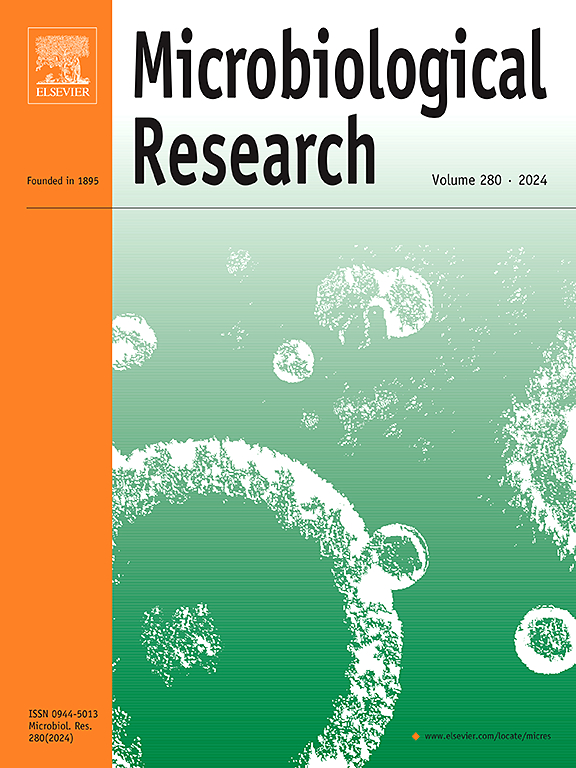Targeting bacterial motility: Prospective therapeutic countermeasures
IF 6.9
1区 生物学
Q1 MICROBIOLOGY
引用次数: 0
Abstract
Microorganisms have developed several motility types regulated by environmental conditions in host colonization to support transmission and virulence. Targeting motility is a promising antivirulence strategy. Herein, the current and developing countermeasures targeting filament-based and gliding/sliding motility mechanisms, including assembly, structure, and secretion, are reviewed. Additionally, indirect strategies that influence motility, including targeting c-di-GMP signaling, quorum sensing, and the two-component system, are described. Biological interference with metabolites and bacteriophage, as well as the promising strategies are also addressed in the review. The limitation and challenges of antimotility interventions are critically analysed. Overall, targeting motility represents a novel antivirulence paradigm to disarm pathogens while minimizing selective pressure for resistance, pointing to a promising direction for future combination therapies.
靶向细菌运动:前瞻性治疗对策
微生物在宿主定殖过程中已发展出几种受环境条件调节的运动类型,以支持传播和毒力。靶向运动是一种很有前途的抗毒策略。本文综述了目前和正在发展的针对基于细丝和滑动/滑动运动机制的对策,包括组装、结构和分泌。此外,还描述了影响运动的间接策略,包括靶向c-di-GMP信号,群体感应和双组分系统。对代谢物和噬菌体的生物干扰及其应用前景进行了综述。限制和挑战的抗运动干预是批判性分析。总的来说,靶向运动代表了一种新的抗毒范式,可以解除病原体的武装,同时最大限度地减少耐药性的选择压力,为未来的联合治疗指明了一个有希望的方向。
本文章由计算机程序翻译,如有差异,请以英文原文为准。
求助全文
约1分钟内获得全文
求助全文
来源期刊

Microbiological research
生物-微生物学
CiteScore
10.90
自引率
6.00%
发文量
249
审稿时长
29 days
期刊介绍:
Microbiological Research is devoted to publishing reports on prokaryotic and eukaryotic microorganisms such as yeasts, fungi, bacteria, archaea, and protozoa. Research on interactions between pathogenic microorganisms and their environment or hosts are also covered.
 求助内容:
求助内容: 应助结果提醒方式:
应助结果提醒方式:


